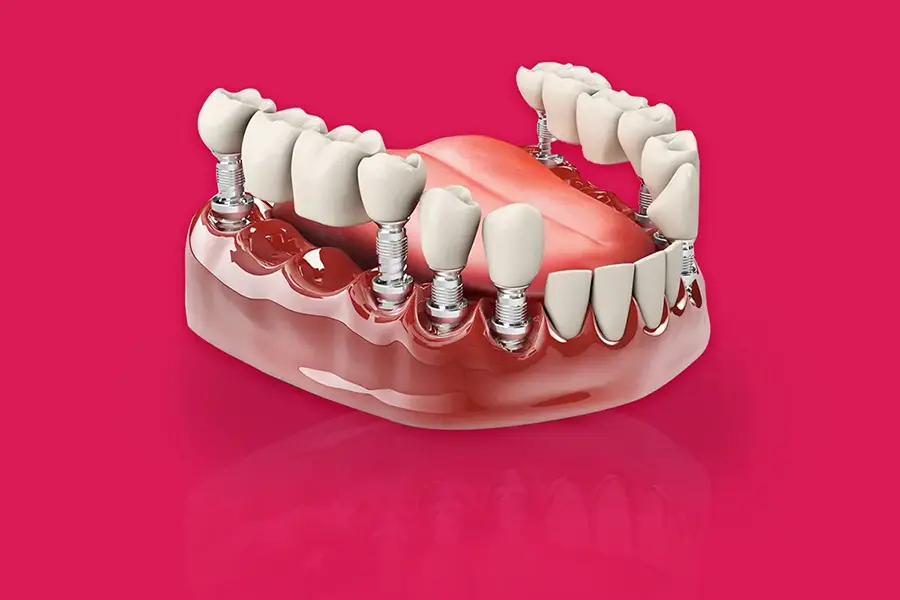
A dental crown is essentially a tooth-shaped "cap" used to encase a tooth for the purpose of restoring its shape, size, strength, and enhancing its aesthetics. They are commonly constructed from porcelain, metals, metal alloys, composite resin, or a blend of these components.

Step 1
Placing veneers involves three to four visits to evaluate your teeth and gums, and present you with various treatment options.

Step 2
On your second visit, your smile will be prepared for personalised veneers. It involves taking an impression of your teeth to ensure the veneers are custom-made to fit your mouth perfectly. Temporary restorations will be placed as placeholders until your permanent veneers are created.

Step 3
Once your treatment plan is finalised, our master ceramists meticulously fabricate the veneers according to our specifications. The veneers are then returned to us for the final placement.

Step 4
In rare cases where further adjustments are necessary, a fourth visit may be required for final refinements. We will discuss all aspects of the porcelain veneer process during your initial consultation.
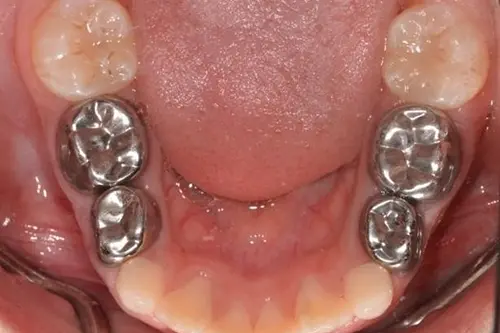
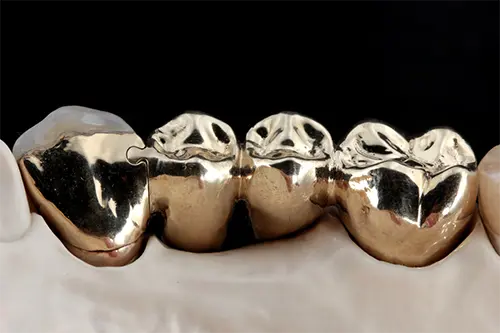
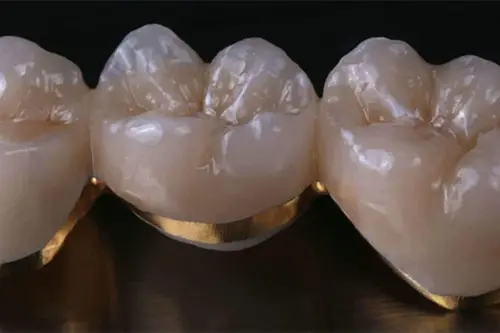
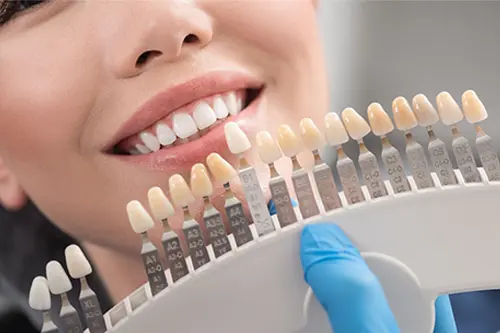
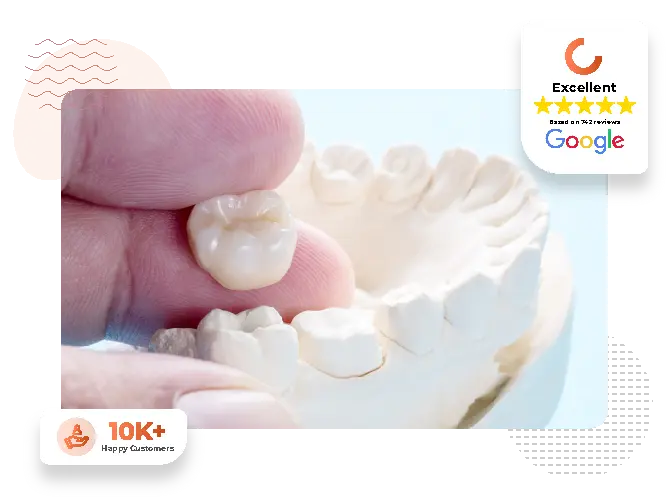
A dental bridge is a fixed, non-removable dental prosthesis intended to bridge and close the space resulting from one or more missing teeth in the mouth. It consists of two crowns anchoring to the adjacent teeth and artificial teeth in between to bridge the gap.
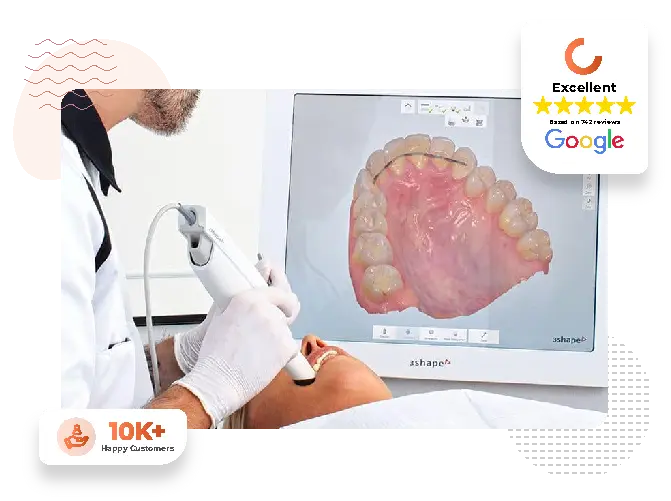
Traditional dental impressions have long been a discomfort for patients. The bulky impression trays, long setting times, and struggles with gag reflexes make the process inconvenient for many. However, with advancements in dental technology, there’s a better way to capture impressions—one that enhances both accuracy and comfort. Introducing our state-of-the-art intraoral scanner, designed to revolutionize dental impressions by eliminating the need for conventional trays. By integrating digital impressions into your practice, you can provide patients with a seamless and precise experience while streamlining your workflow.
Modern dentistry demands accuracy, efficiency, and patient comfort. Our intraoral scanner is designed to capture high-resolution, real-time images of the oral cavity, enabling dentists to diagnose and explain conditions with greater clarity using on-screen visuals. The ability to magnify these images allows for an in-depth assessment, helping detect even the smallest anomalies that might go unnoticed with traditional impressions.
Moreover, digital impressions play a crucial role in procedures such as crowns, bridges, veneers, inlays, and onlays, ensuring a more precise fit and optimal patient outcomes. By adopting this cutting-edge technology, dental professionals can enhance treatment accuracy while minimizing errors.
Digital impressions offer unmatched accuracy and efficiency, capturing high-quality images in seconds. Unlike traditional impression trays, which can be messy and uncomfortable, intraoral scanners provide a quick, clean, and hassle-free solution. But how does this technology work? The scanner instantly transfers the captured data to a computer, allowing dentists to evaluate the impression in real-time. This means errors or imperfections can be identified and corrected immediately, reducing the chances of redoing the process.
Additionally, digital impressions make it easier to assess tooth structure, spacing, and alignment before proceeding with restorative work. Whether it’s ensuring the right fit for a dental crown or adjusting the preparation of a tooth, this technology enables more precise treatment planning compared to conventional methods.
By incorporating digital impressions into your dental practice, you can provide patients with a more efficient, comfortable, and modern dental experience. Not every clinic offers this advanced service—stand out by embracing innovation and precision. Upgrade to digital dentistry today and deliver the quality care your patients deserve.
Switching to digital impressions not only enhances efficiency but also improves patient satisfaction. Let’s explore the key benefits:
Some FAQ Questions